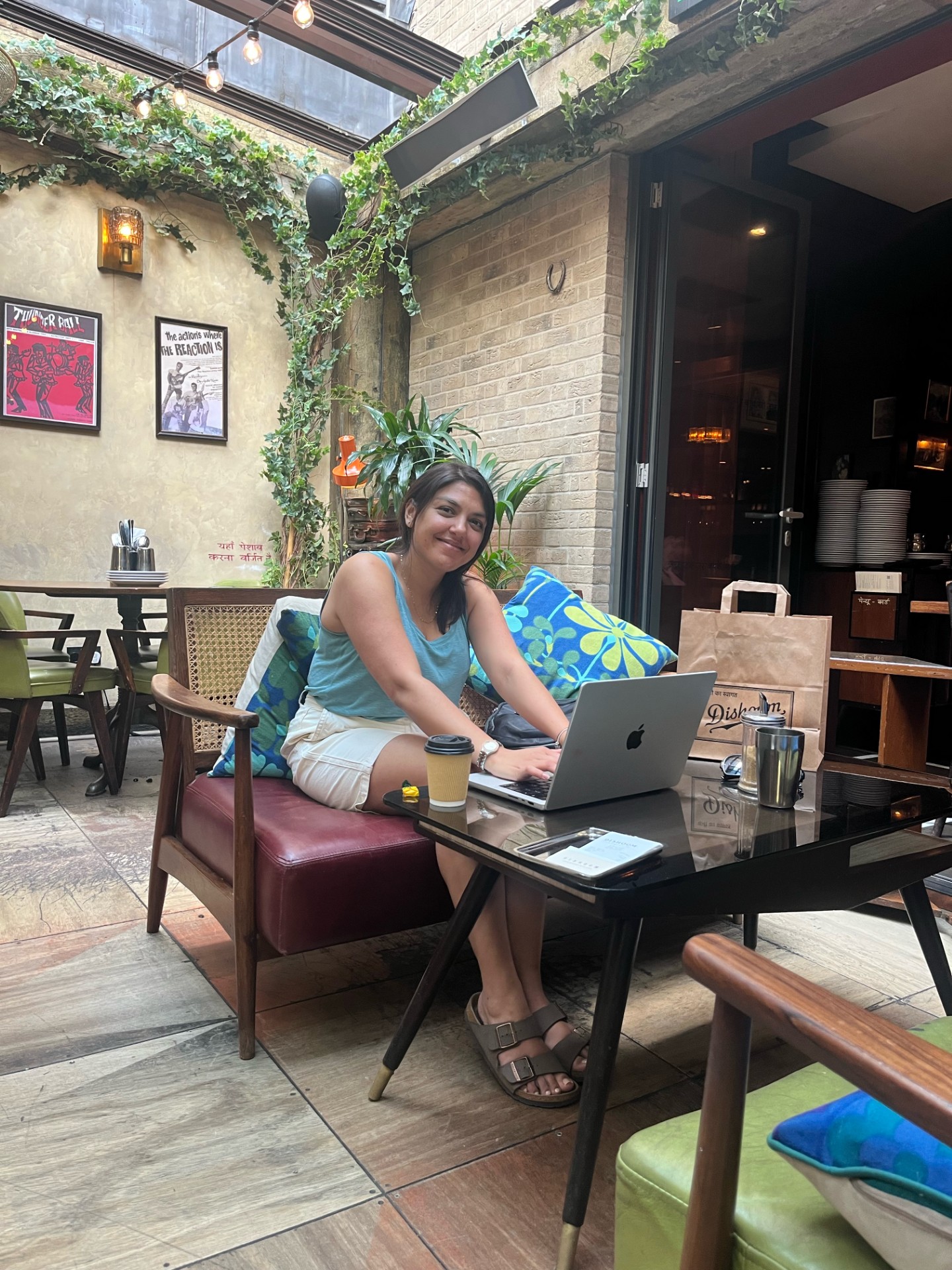The place of work has evolved taking on many forms including gardens or parks as we enjoy the sunshine as well as kitchens, corners of bedrooms, or even the car just to name a few. Pre-pandemic, hybrid or flexible working was a rarity, with most people spending their time in the office or place of work. We are all now living and working in the ‘new normal’ while actually still trying to work out what it all means in practice. I am yet to find a leader or organisation that has fully mastered the Holy Grail of Hybrid working. Is it time to move towards a Hybrid Harmony where organisations, leaders and their people intentionally take part in an intentional dance that ebbs and flows based on the needs of the time?
Hybrid working has created flexibility where people can choose where they work, often when they work, and structure their day to best fit their personal and professional goals. It has transformed the way many companies do business and shown some real benefits such as improved retention; increased productivity; attracting top talent; improved diversity; greater employee engagement; and of course, cost savings. While there's no denying how beneficial and successful hybrid working can be, we don’t talk enough about the cost or challenges we face as a result. Alongside some the basics such as scheduling work hours and meetings, as well as ensuring the right communication and technology, here are some of the challenges my clients are facing and things we’ve explored together:
Rising to the new leadership challenge
Hybrid working doesn’t just happen. For it to work well it takes a lot more intentionality from leaders to form and nurture trusting relationships with their teams, and to consistently ensure the people they lead are both aligned on their understanding of the work required and clear on collective objectives. Connecting and working online is often functional and transactional, people meet to get stuff done or move through meeting agendas. They rarely meet online to simply connect or muddle through the complexities of organisational life together.
The challenge is further compounded by creating a hybrid working model across a team, or teams that benefits both the individuals personal priorities as well as the organisation’s need and strategic goals. Personal needs or lifestyle preferences can often clash with organisational needs, and many leaders are left to out work out how to create a balance that values people but does not compromise the organisation’s needs. Rightly so, our expectations around the quality of our life and work have changed, however leaders are having to have more tough conversations at work as a result of this. The result? More balanced, effective and dimensional leadership.
Being more Intentionally Inclusive
In addition, leaders need to think and be inclusive, creating a hybrid culture where not only people feel safe and as though they belong, but also one that represents, recognises and nurtures diverse voices and talent. This doesn’t just happen by having scheduled weekly team meetings. Leaders need to think more intentionally about the purpose and power dynamics of online meeting spaces, and how to devolve and share power by mixing up how meetings take place and even having different meeting chairs. This is also creates a culture of greater engagement and accountability.
Leaders can enable more engagement and inclusion by being more intentional about how team time together in the office is spent. We need to stop being lazy and coming into the office to attend online meetings together. You don’t need to spend tons of money on team events, a little creativity and intentionality to frame collective thinking spaces and conversations can allow you to do so much that is just not possible online.
Encouraging more Transitional Spaces
One of the biggest challenges with a hybrid working business model is, interestingly, also one of its greatest advantages. Unlike a traditional 9-5, people now work at various times of the day or night. Although this flexibility means we can work when and where we feel most productive and creative while fitting in a workout and putting the washing out, it also means work now leaks into our private lives more than we realise. Work and meetings can be stressful, and for so many the content of work itself can be highly emotive. This stress and emotion is now more present in our homes. Leaders and people also need to pay more attention to how they, and their teams transition in and out of work. This gives our hearts and minds time to process and decompress as we prepare to move into, and be present in different parts of our lives.
Leaders can also encourage people to think about which parts of their private life and home they are willing to allow work into, or not. Places of play and rest such as the sofa or even our beds have become convenient workstations, and more and more people are finding it harder to fully switch off and wind down. We all need to work in ways that are good for us, however we also need to pay more attention to the sanctity of our places and spaces of rest and relationship. It’s not only vital for our mental and emotional wellbeing, but also helps to create healthy boundaries at work and in our homes.
Hybrid working offers an exciting look into the future of how companies operate, but learning how to effectively create and maintain an engaging and inclusive hybrid work environment is key and leaders need to develop different skills to make it happen. But leaders cannot do it alone, effective hybrid working requires even more dialogue and compromise between leaders, people and organisations. While it may take some trial and error, with understanding, practice and creativity you can dance the Hybrid Harmony together and reap the benefits.
Get in touch at hello@maahapeople.com if you’d like to talk more about creating engaging and inclusive hybrid work environments for you and your people.>

